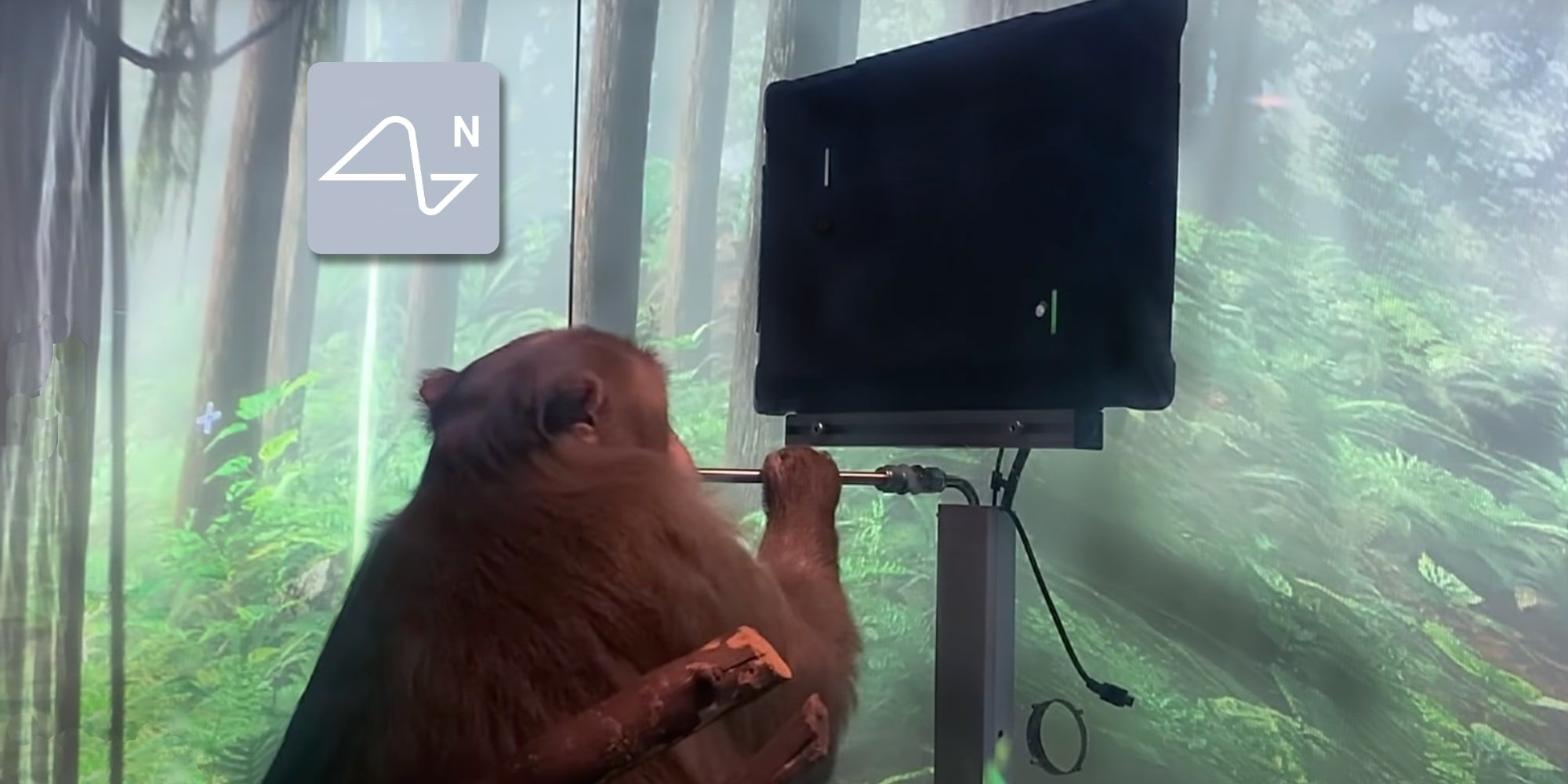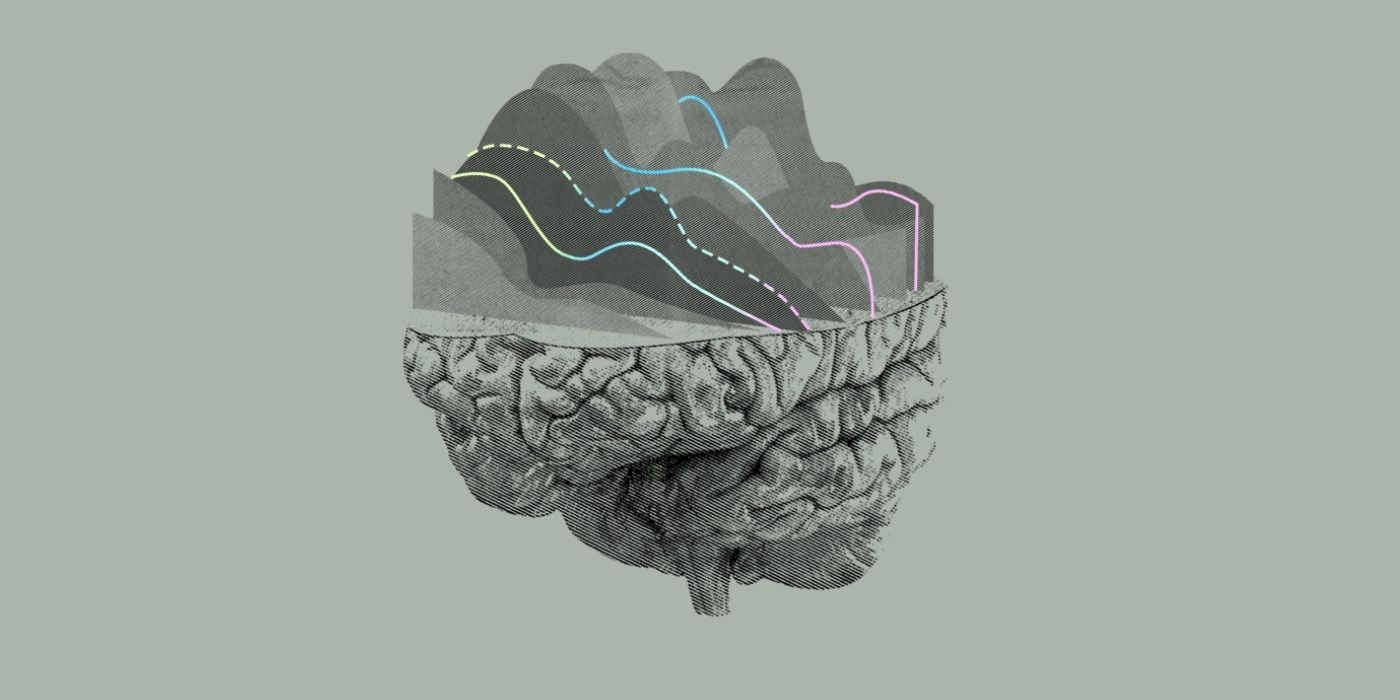
Elon Musk’s Neuralink recently received $205 million in funding and is using the money to accelerate the launch of its first product, the N1 Link which connects humans and machines. Musk’s company has spent the past couple of years developing what it assures is the only high channel count brain-machine interface equipped with numerous sensors. The device is expected to be used for patients with paralysis and health-related issues in the short term, and scaled up for everyone in the future. Recent approvals by the FDA of brain interface devices could help drive that goal forward.
Musk’s Neurolink is not alone in the brain interface technology push, companies competing for the market include, MindMaze, Advanced Brain Monitoring, Synchron, and several others. In April of this year, Neurolink demonstrated a monkey named Pager playing pong on a computer with its mind. The monkey demonstration was interesting and was the first time the N1 Link equipped with 1,024 electrodes was fully implanted in areas of brain related to movement. However, it ultimately failed to deliver considering many had already expected human trials. Musk previously suggested human trials could begin in 2019, a time-frame that has since long passed.
Related: Elon Musk’s Neuralink Will Be Able To Telepathically Summon A Tesla
Neuralink reported that the new $205 million in funding from Vy Capital, Google Ventures, and others, will be used to help to bring the product to market. Following average FDA protocols, the process from clinical trials to launch could take a minimum of two years. This year, however, the FDA has stepped up its approval of brain interface device efforts. Just days before Neuralink received funding, Synchron received the green light from the FDA for clinical trials of its brain device. In April, the FDA also approved another brain interface, the IpsiHand developed by Neurolutions Inc. In May, the FDA acknowledged brain interface technology as “progressing rapidly” and as having “the potential to bring benefit to people.” The FDA explains that once a product has successfully gone through clinical trials, the process of approving a product for market ranges between six to ten months. Three-phase clinical trials on the other hand can take up to one year or longer. Once the FDA approves or green lights certain technology, similar solutions tend to go through a much faster process.

Neuralink technology separates itself from the competition through its design. Synchron technology requires a device implanted in the brain and another in the chest, while Neurolutions’ device consists of a wearable exo-skull and a robotic arm. Neuralink is the most elegant solution overall and features some added benefits, such as wireless charging. Musk’s company is now on a talent hunt for robotics experts to solve some of the bigger challenges that the company is facing, including degradation of materials and robotic implant surgery. The company announced it is looking for senior electric engineers and senior mechanic engineers to develop a next-generation precision robot capable of navigating “around blood vessels on a moving brain.”
Neuralink is on its way to scaling its first implant product for clinical trials and creating the next-generation implant. The end goal is to create brain interfaces that provide patients with digital freedom by allowing them to control computers, phones, and digital devices with their thoughts. While Neuralink has not officially announced dates for human trials, the growing momentum and FDA recognition, as well as the $205 million in funding, puts Musk’s Neuralink in a good position to finally deliver on its promises.
Next: Musk’s Neuralink Could Lead To Hackers Erasing Memories, Researchers Warn
Article Source and Credit screenrant.com https://screenrant.com/elon-musk-neuralink-brain-machine-interface-release-date-explained/ Buy Tickets for every event – Sports, Concerts, Festivals and more buytickets.com

Leave a Reply
You must be logged in to post a comment.